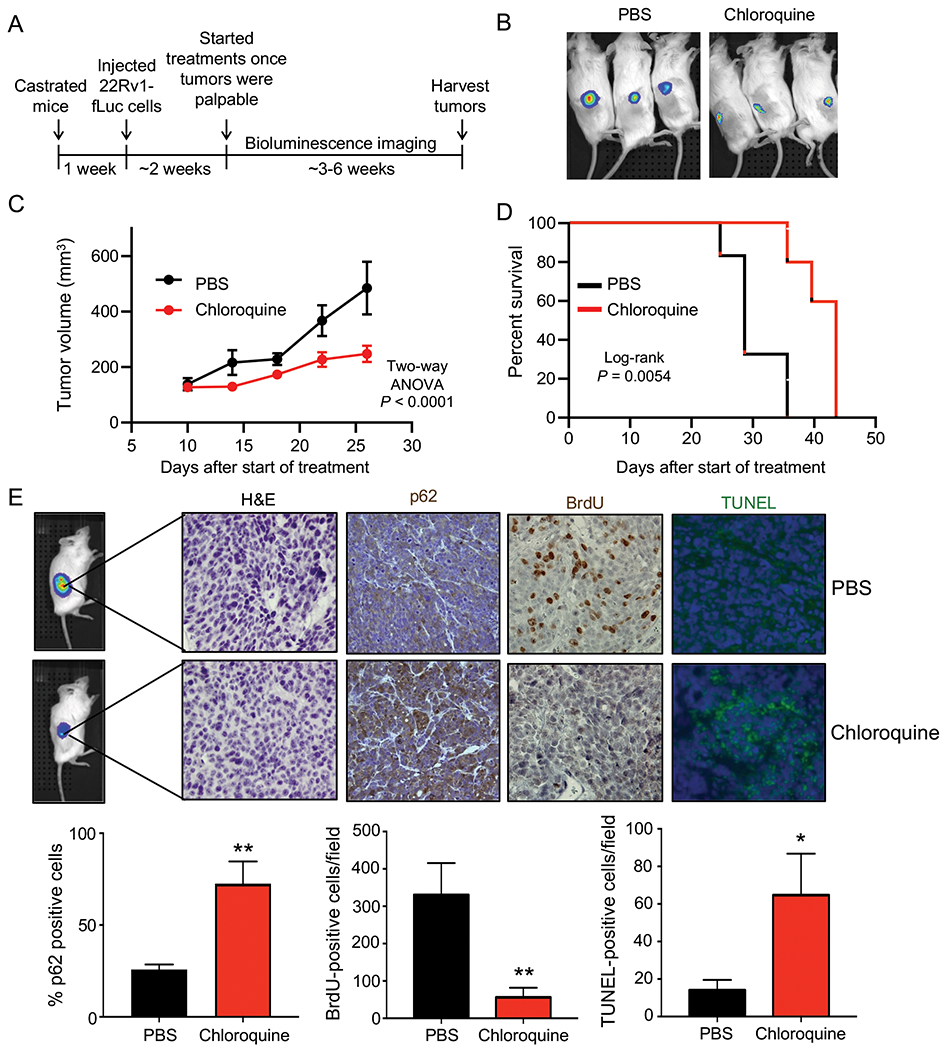Fig 1. Chloroquine inhibits castration-resistant prostate cancer (CRPC) growth in vivo.

(A) Schematic of xenograft study using CRPC 22Rv1-fLuc cells in castrated NSG mice treated via intraperitoneal injections (IP) once/day, 6 days/week with vehicle (PBS) or 60 mg/kg/day chloroquine (PBS: n=6, chloroquine: n=7). (B) Bioluminescence imaging of six representative mice bearing tumors. PBS = vehicle. (C) Tumor growth curves of 22Rv1-fLuc xenograft mice treated with vehicle (PBS) or chloroquine. P values were calculated using two-way ANOVA. (D) Kaplan-Meier survival curve of 22Rv1-luc xenograft mice following chloroquine treatment. P value was calculated using log-rank test. (E) H&E, p62, BrdU and TUNEL staining in the xenograft tumors (top). Quantification of p62, BrdU and TUNEL staining (bottom). P values were calculated using two-tailed t test. *P < 0.05, **P < 0.01.
